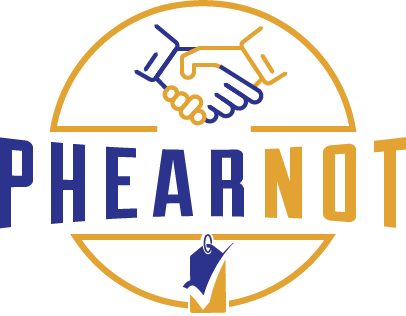
The ambivalence mire: Escape with motivational interviewing
Could be substance dependence. Or maybe it’s depression that’s taken its toll. You’re chin deep in the mire. And still, you aren’t sure you want to do anything about it. That’s ambivalence, and we need to talk about motivational interviewing.
Readiness to change is not a trait of the subject, but a fluctuating result of interpersonal interaction.
We’ve reviewed a variety of therapies and counseling approaches here on Chipur. And, yep, here we go with another.
Motivational interviewing may not get cognitive behavioral therapy’s press, but it’s a great approach when ambivalence rears its indifferent head.
Let’s see what we can see…
What is ambivalence?
To grab a solid understanding of motivational interviewing, we need to define ambivalence. According to the American Psychological Association…
- The simultaneous existence of contradictory feelings and attitudes, such as pleasantness and unpleasantness or friendliness and hostility, toward the same person, object, event, or situation.
- Uncertainty or indecisiveness about a course of action.
Don’t have to be a PhD or MD to know that ambivalence can put the kibosh on any emotional, mental, or physical recovery mission.
I mean, we can be desperately ill, but if we haven’t decided what to do about it – or if we really even want to do anything about it – well, that desperate illness isn’t going anywhere.
Okay, on to motivational interviewing.
What is motivational interviewing?
Motivational interviewing (MI) is an evidence-based approach to change largely developed by psychologists William R. Miller and Stephen Rollnick. Miller kicked things off in the early-1980s, his efforts grounded in work with problem drinkers.
MI isn’t exclusive to counseling/therapy, as it can be used in environments such as business and education. That’s why I prefer “subject” over “client,” “facilitator” over “counselor/therapist.”
Goals

Together: engagement, generating positive behvior change, creating motivation
The goals of MI include subject/facilitator engagement, generating talk of positive behavior change, and creating the motivation to make the decided upon change.
Given motivation is crucial, gaining insight into – and resolving – ambivalence is huge. And resolution is found in the conscious and unconscious weighing of the pros and cons of changing and staying the same.
Regarding striving for change, awareness of potential problems, consequences, and assumed risks of the behavior in question go a long way toward painting a realistic picture.
The rules of motivational interviewing
Let’s take a look at what we’ll call the rules of MI…
- Motivation to change is elicited from the subject, and is not imposed from outside forces
- It’s the subject’s task, not the facilitator’s, to articulate and resolve ambivalence
- Direct persuasion is not an effective method for resolving ambivalence
- The session style is generally quiet and elicits information from the subject
- The facilitator is directive, in that they help the subject examine and resolve ambivalence
- Readiness to change is not a trait of the subject, but a fluctuating result of interpersonal interaction
- The helping relationship resembles a partnership or companionship
Within that spirit, it’s on to the work at hand. A few highlights…
- The subject discovers their own interest in considering and/or making a life change
- The subject expresses the desire to change in their own words
- Ambivalence about change is openly discussed
- A plan is drafted to facilitate change, to include the initial steps
- “Change talk” is elicited and strengthened
- Enhancement of the subject’s confidence in taking action, as well as noticing even small, incremental changes, are important
- Strengthen the commitment to change
So what do you think? Can you sense the power of MI?
For the record, MI is supported by hundreds of randomized clinical control trials across a range of target populations and behaviors. These include substance abuse, compulsive behaviors, health-promotion behaviors, medical adherence, emotional/mental challenges, vocational rehabilitation, and criminal justice.
Change – it’s always your call
Okay, substance dependence, depression, anxiety, work dissatisfaction, and more: you may be stuck in the ambivalence mire. I’m suggesting that you consider motivational interviewing as a way out.
If you’re thinking about participating in counseling/therapy, determine if the facilitator is competent in motivational interviewing.
Same applies in a vocational environment, though you may be referred to an employee assistance program (EAP).
Bottom-line: do what ya’ gotta’ do. After all, change – it’s always your call.
Plenty more Chipur info and inspiration articles where this came from. Don’t be shy, scan the titles.






